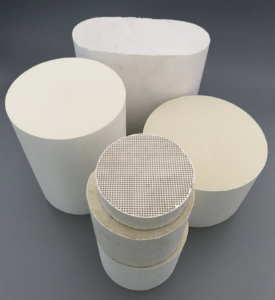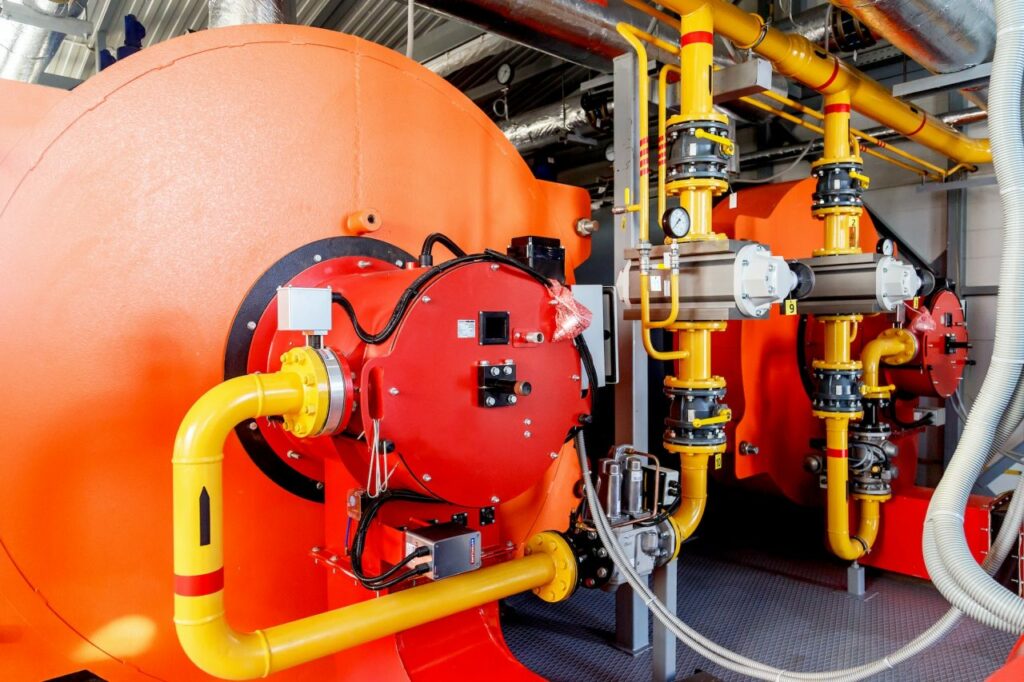Many drivers wonder if a car can operate without a catalytic converter, and while the answer is technically yes, the consequences are significant—especially when it comes to emissions, performance, and legality. Hualian Catalyst works with common industrial catalysts and diesel oxidation catalyst products daily, and they know that skipping a converter undermines both functionality and compliance. Let’s explore why this component matters, even if a car can run without it.

Table of Contents
ToggleThe Technical Reality: It Runs, But Poorly
A car’s engine burns fuel to generate power, and without a catalytic converter, exhaust gases (rich in carbon monoxide, hydrocarbons, and nitrogen oxides) exit unfiltered. This means the vehicle releases far more pollutants, harming air quality and contributing to smog. Additionally, modern engines are calibrated to work with the backpressure created by a converter. Removing it disrupts this balance, leading to reduced fuel efficiency—drivers often report a 10-15% drop in mileage—and sluggish acceleration. Over time, the engine may even develop misfires or rough idling as the unregulated exhaust flow throws off the air-fuel mixture.
Legal and Environmental Risks
Most regions strictly prohibit driving without a catalytic converter. Laws like Euro III to VI require vehicles to meet strict emission standards, which are impossible to achieve without proper treatment—whether from a diesel oxidation catalyst or another type. Fines for non-compliance can range from hundreds to thousands of dollars, and vehicles may fail inspections, making them illegal to drive. Hualian Catalyst’s common industrial catalysts, including diesel oxidation catalyst options, are engineered to reduce emissions by up to 90%, helping drivers avoid these issues. Beyond legal troubles, the environmental impact is tangible: a car without a converter emits pollutants that irritate lungs, damage ecosystems, and worsen climate change.
Why Quality Converters Make a Difference
A well-made catalytic converter, like those produced at Hualian Catalyst, ensures your car runs efficiently while staying compliant. Hualian Catalyst’s diesel oxidation catalyst products, for example, are designed to handle high temperatures (exceeding 600°C) and heavy use, converting harmful gases like carbon monoxide and hydrocarbons into safer substances like CO₂ and water. Even beyond legal requirements, using a converter protects public health—a responsibility Hualian Catalyst takes seriously, having served over 5,000 global companies with reliable solutions.
When a Converter Is Truly Necessary
There are no real scenarios where driving without a catalytic converter is advisable. Even older cars, which may have worn-out converters, benefit from replacement. The team at Hualian Catalyst often assists clients in retrofitting older vehicles with common industrial catalysts, ensuring they meet modern standards without sacrificing performance. The small upfront cost of a converter pales in comparison to the long-term costs of fines, fuel inefficiency, and engine damage.
Conclusion
While a car can technically drive without a catalytic converter, it’s not advisable. The risks to performance, legality, and the environment are too great. Hualian Catalyst offers reliable solutions like common industrial catalysts and diesel oxidation catalyst products to keep vehicles running cleanly and smoothly. Investing in a quality converter is a choice that benefits both you and the planet.


